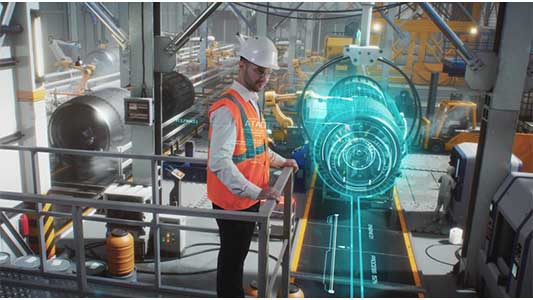How AI is Transforming the Materials Industry
Since IDTechEx began tracking the field of materials informatics in 2020, the influence of machine learning and data science on the materials sector has grown exponentially. These technologies are driving innovations across applications from advanced alloys to next-generation battery materials. Yet despite rapid technological progress, the fundamental principles for successful materials informatics implementation remain largely unchanged.
The latest IDTechEx report, “Materials Informatics 2025-2035: Markets, Strategies, Players,” provides crucial insights for organizations looking to deploy materials informatics strategies, whether as end-users or software providers. This article explores the key considerations shaping this evolving field.
The Critical Balance Between Data Quality and Quantity
The key components needed for materials informatics projects according to Materials Informatics 2025-2035.
The adage “garbage in, garbage out” remains particularly relevant in materials informatics. While machine learning models require high-quality training data, the sheer volume of data also plays a decisive role in their predictive capabilities. Organizations typically source data through several approaches, each with distinct trade-offs between accuracy and scale.
Experimental data remains the gold standard for reliability, though its high cost often restricts the amount that can be collected. Computational simulations offer a more scalable alternative, but their accuracy depends heavily on the underlying models and may not fully capture real-world material behaviors.
Public databases and literature-mined datasets can provide vast quantities of data, but they frequently suffer from biases, incomplete records, and a lack of negative results. Some large industrial players have opted to disregard external datasets entirely due to these limitations, though this approach is impractical for organizations with more constrained resources.
Innovative solutions are emerging to address these challenges. For example, Japan’s Preferred Computational Chemistry has developed the Matlantis platform, which uses a graph neural network trained on density functional theory simulations. By expanding the dataset to include unstable molecular configurations near known stable structures, the system achieves broader coverage of potential material combinations while dramatically accelerating computation times, delivering results in seconds rather than the hours or months required for conventional simulations.
Overcoming Data Fragmentation in Materials R&D
Effective data management continues to be a major obstacle for materials companies pursuing digital transformation. Many organizations still rely on fragmented systems, from disparate Excel files to paper-based records, creating inefficiencies and hindering collaboration.
Electronic lab notebooks and laboratory information management systems provide structured solutions for organizing research data, but inconsistent adoption across different business units can lead to data silos and redundant expenditures. Recognizing this challenge, leading materials informatics providers such as Uncountable, MaterialsZone, and Albert Invent have developed platforms that integrate data management with advanced analytics capabilities. These systems often feature API connectivity with common laboratory software, enabling smoother transitions from legacy workflows while preserving existing investments in digital infrastructure.
Specialized AI Approaches for Materials Discovery
Machine learning applications in materials science extend far beyond conventional data analysis. One of the most promising areas is inverse design – the process of identifying material compositions that exhibit specific target properties. This presents unique computational challenges, as materials datasets often contain high-dimensional information with numerous missing values drawn from multiple sources.
Companies like Citrine Informatics employ active learning strategies, where AI models propose candidate materials that are then experimentally validated, with the results feeding back into the system to refine future predictions. Other innovators, including Intellegens, have developed modified neural network architectures capable of handling incomplete datasets by iteratively estimating missing properties. These specialized approaches underscore why materials informatics requires tailored solutions rather than generic machine learning tools.
User-Centric Design as a Competitive Advantage
The most sophisticated analytical tools provide little value if they remain inaccessible to the researchers who need them. Successful materials informatics platforms must bridge the gap between data scientists and materials specialists, offering intuitive interfaces for experimentalists while retaining advanced functionality for machine learning experts.
Leading software providers in this space have prioritized flexible visualization tools and adaptable workflows that accommodate users with varying levels of technical expertise. By lowering the barrier to adoption, these platforms enable organizations to demonstrate tangible benefits from materials informatics before committing to large-scale deployments.
Strategic Insights for the Coming Decade
The fifth edition of IDTechEx’s “Materials Informatics 2025-2035: Markets, Strategies, Players,” report delivers comprehensive analysis of this rapidly evolving sector, including detailed market forecasts, profiles of key industry players, investment trends, and technology roadmaps. Drawing on extensive interviews with leading companies, the report provides essential guidance for organizations seeking to capitalize on materials informatics advancements.
For further information about IDTechEx’s research on materials informatics and other emerging technologies, visit www.IDTechEx.com/MaterialInformatics, .












